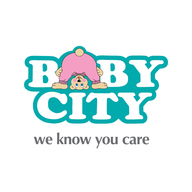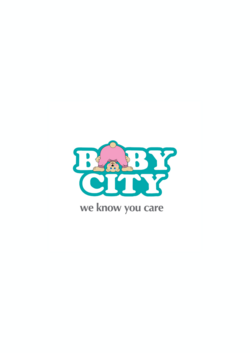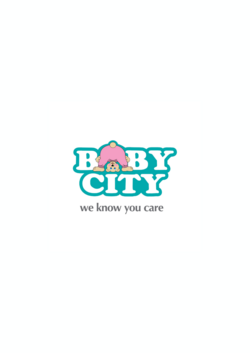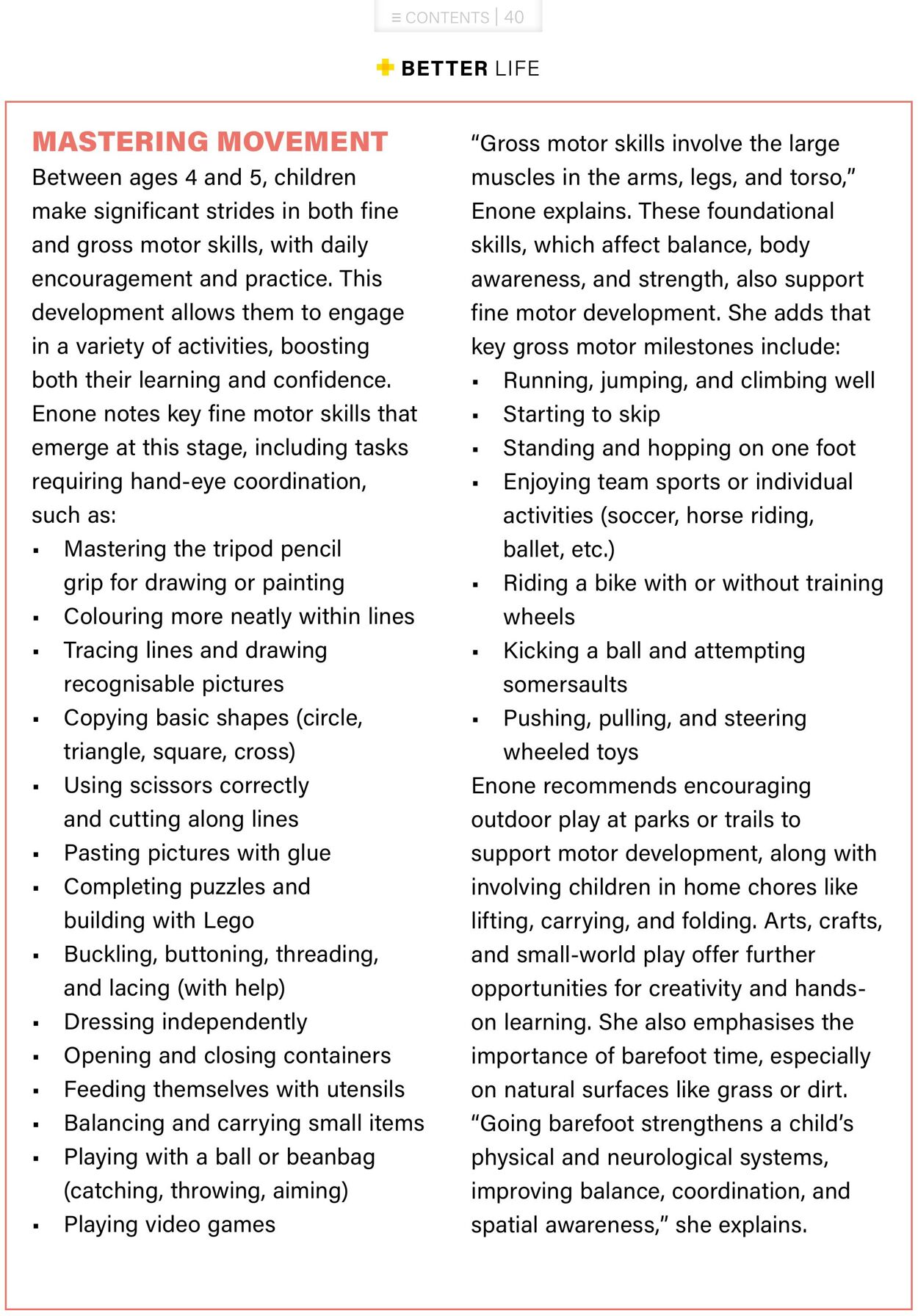













Products in this catalogue
*» BETTER LIFE MASTERING MOVEMENT Between ages 4 and 5, children make significant strides in both fine and gross motor skills, with daily encouragement and practice. This development allows them to engage in a variety of activities, boosting both their learning and confidence. Enone notes key fine motor skills that emerge at this stage, including tasks requiring hand-eye coordination, such as: » Mastering the tripod pencil grip for drawing or painting * Colouring more neatly within lines « Tracing lines and drawing recognisable pictures * Copying basic shapes (circle, triangle, square, cross) » Using scissors correctly and cutting along lines » Pasting pictures with glue » Completing puzzles and building with Lego « Buckling, buttoning, threading, and lacing (with help) » Dressing independently * Opening and closing containers » Feeding themselves with utensils » Balancing and carrying small items » Playing with a ball or beanbag (catching, throwing, aiming) » Playing video games “Gross motor skills involve the large muscles in the arms, legs, and torso,” Enone explains. These foundational skills, which affect balance, body awareness, and strength, also support fine motor development. She adds that key gross motor milestones include: « Running, jumping, and climbing well « Starting to skip « Standing and hopping on one foot « Enjoying team sports or individual activities (soccer, horse riding, ballet, etc.) « Riding a bike with or without training wheels « Kicking a ball and attempting somersaults « Pushing, pulling, and steering wheeled toys Enone recommends encouraging outdoor play at parks or trails to support motor development, along with involving children in home chores like lifting, carrying, and folding. Arts, crafts, and small-world play offer further opportunities for creativity and hands- on learning. She also emphasises the importance of barefoot time, especially on natural surfaces like grass or dirt. “Going barefoot strengthens a child's physical and neurological systems, improving balance, coordination, and spatial awareness,” she explains.
| Name | Details |
|---|